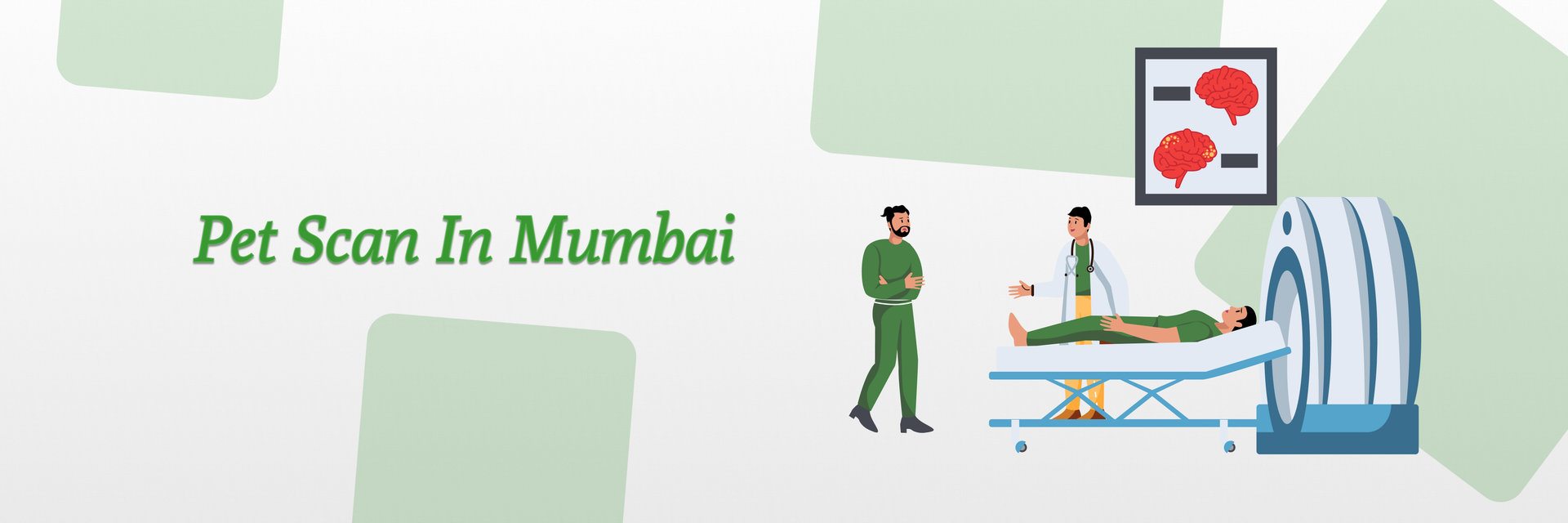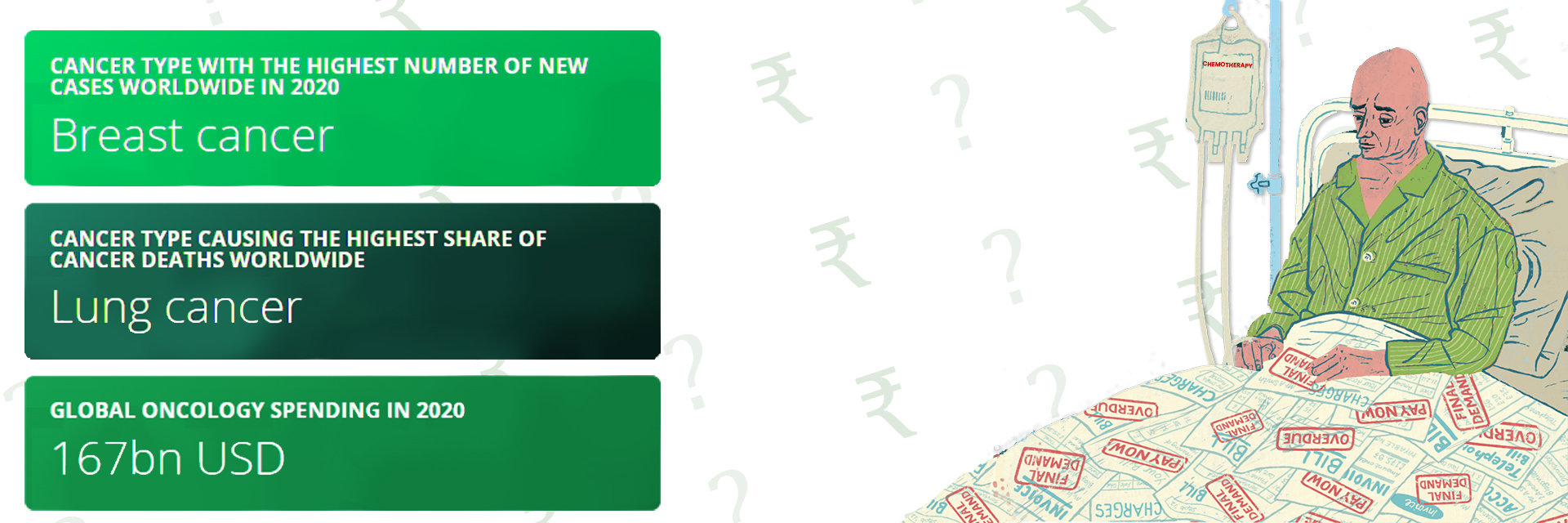Finding a Donor is one of the most important factors in an allogeneic bone marrow transplant in India and at affordable costs.
The Donor will have to travel with the patient to the cancer treatment hospital to meet with the medical team.
Here the donor will have to undergo several tests and evaluations done before it could be determined if they are the best candidate for donation.
Further, they will have to sign a consent form and the donor’s stay in the hospital might span from 4 to 5 days.
Basically, there are two types of : Autologous and Allogeneic, In the case of autologous you, are your own donor but in allogeneic bone marrow transplant you require a donor.
For an allogeneic transplant, you require a donor that has complete or closely matched Human Leukocyte Antigens (HLA) as you.
Following are the people who can be your donor:
• HLA Matched Sibling Donor:
Usually, your sibling is the most likely candidate as you and your brother/sister inherit your HLA type from your parents. The oncologist in India will conduct a DNA test to check whether the HLA type is matching or not.
• Matched Related Donor:
However, other members of the family may also have to undergo the DNA test for finding a suitable match but the chances are minimal. It is very unlikely for a parent or a grandparent to have identical HLA typing.
• Matched Unrelated Donor:
In case you do not find a donor from your family then you will need to search for an unrelated donor who is histocompatible with the patient. For this, you can take the help of your transplant center. There are many people in the world who have volunteered to be donors.
• Mismatched Donor:
If none of the above work out then the doctor may suggest bone marrow transplant using a mismatched donor. Don’t worry as this is quite common nowadays especially for a patient with rare HLA tissue type and it does give positive results.
• Half Matched Family Member (Haploidentical):
Also, the doctor may recommend using cells from relatives whose HLA type only half matches with yours. They are usually your parents or siblings. This is called a haploidentical transplant. Previously the risk of complications was higher but there are many hospitals in India offering haploidentical bone marrow transplant, and they have successfully conducted this procedure with a high success rate.
• Umbilical cord transplant:
In this form of transplant, the stem cells are taken from the leftover placenta in the umbilical cord after the baby is born. Umbilical cord blood is a rich source of stem cells for transplantation.
How your stem cells are obtained?
After you go through a rigorous set of tests and medical evaluations the donation process begins.
There are two by-from which the bone marrow could be obtained.
1. Bone marrow harvesting:
A needle is inserted into the rear pelvic bone (hip bone) where the largest amount of bone marrow is located, from here the bone marrow will be extracted using a syringe.
Several punctures are made through the skin and bone on both sides to extract sufficient bone marrow. Since this procedure does not require any surgical incisions, there will be only punctures on the skin where the needle was inserted.
At the end, a sterile bandage is applied to the site of the collection.
Generally, one to two quarts of bone marrow cells are harvested.
2. Apheresis:
This is a procedure used to collect peripheral blood stem cells for transplantation.
The donor maybe is given medication to increase the number of stem cells released into the bloodstream.
Here, the blood is removed using a flexible tube that is placed in a large vein in the neck or chest area through a central venous catheter. A needle can be placed in the large vein of the arm also.
The collected blood goes through the machine that separates the stem cells, and then they freeze it. (In case of autologous the collected blood may be treated to destroy any remaining cancer cells).
The collection may last for a few hours but the donor can leave the same day.
There are several steps taken before, during and after the donation to make sure that the donor is safe and healthy.
Are there any risks associated with donating bone marrow?
1. Bone marrow:
There aren’t many risks associated with the donation procedure but when comes to the procedure of transplant, there can be some risks and complications involved.
However, the use of anesthesia is the most serious risk associated with a Bone marrow transplant. Further, you might feel tired, weak, or have trouble walking for a few days.
Mostly, the site of bone marrow collection will be sore for a few days, for which the doctor might prescribe a pain reliever.
2. Peripheral blood stem cells:
Risks in PBSC are also minimal.
You are given some medicines to enhance the rate of stem cells in the blood and it might have some side effects such as bone pain, muscle aches, headache, fatigue, nausea, and vomiting.
In rare cases, there might be complications since there is a plastic tube inserted in the veins at several places around your body. The complications include air trapped between your lungs and your chest wall (pneumothorax), bleeding, or infection.
During the donation, you might feel lightheaded, numb, have chills, etc.
Risk of developing new cancers: There is a risk of developing new cancer due to the treatments in the conditioning stage. Chemotherapy and radiation increase this risk. You will be checked and screened for the development of any new cancer. You will also have to check for any changes in your body.
Frequently Asked Questions
1. What are the different donation methods?
You can donate bone marrow or peripheral blood stem cells in one of two methods (PBSC). The doctor's selection will be based on the type of treatment that works best for the patient. The medical professional who is looking after you will choose which donation technique is suitable for you. The final decision, though, is yours to make.
2. Is it possible to give blood stem cells more than once?
In rare instances, donors may be requested to give a second time, either to the same patient or to a new one, If your blood stem cells are removed, new ones will be produced to replace them, similar to how your blood is replenished when you donate blood. As a result, it is feasible to give many times.






